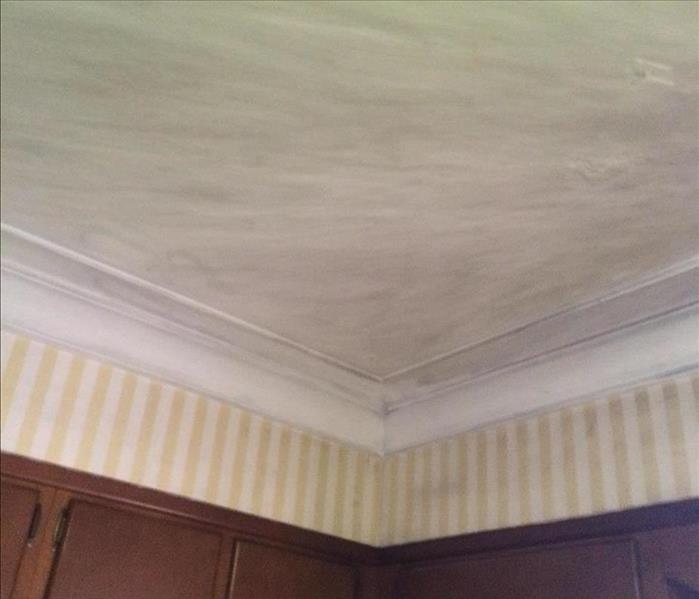Addressing a Grease Fire
6/6/2016 (Permalink)
Over the past several weeks, SERVPRO of Carbondale/Clarks Summit/Old Forge has responded to two kitchen fires. Kitchen fires remain the leading cause of home fires. If you’re cooking a lot it’s really a matter of when — not if — you’ll experience your first fire. For most people, that’s exactly the reason why they are so scared and startled — and less mentally prepared. To be sure, grease fires can escalate quickly, so call 911 as soon as you suspect you can’t control the fire. But here’s the basic steps how to put out a grease fire, and what not to do.
In a nutshell, we’ll extinguish kitchen fires… no matter if they happen in an electric or gas oven, no matter if they happen on the stove top or in the oven, no matter if they are triggered by excess grease or oven self-cleaning…. by removing the oxygen that the fire needs to continue.
Step 1: For starters, turn off the burner and get everybody out of the kitchen… if possible, have somebody at the ready to call 911.
Step 2: Stay clear of water… Pouring water on burning grease will instantly evaporate the water, causing tiny oil droplets to disperse throughout your kitchen… and creating a giant fireball that spreads the fire everywhere. Also don’t carry the burning pan or pot outside, because you’ll likely spill burning grease and thus spread the fire. Remember, everybody is scared with a fire in their kitchen, so your hands won’t be as steady.
Step 3: Remove the oxygen… here’s three ways depending on where the fire happens to be, and what tools you have on hand:
(1) Use a non-glass lid or baking sheet (for stove-top fires): Cover the pan with a metal lid or metal baking sheet… the fire will quickly consume the remaining oxygen and then peter out. You could also use a metal salad bowl or a large wooden cutting board (if it’s not wet) — but don’t use anything plastic that could melt/burn. Also don’t use a glass-lid (or porcelain plate), as the flames could super-heat and shatter the glass.
(2) Use salt or baking soda (for oven fires): Alternatively, you can smother the fire with baking soda or salt… depending how big the fire is, you may need quite a bit. Don’t use anything similar such as flour or baking powder, those aren’t heavy enough to smother the flames (and could even cause an explosion).
(3) Use a non-water fire extinguisher (stove-top or oven fires): Of course, you could always douse the fire with a dry chemical fire extinguisher. Store a Class B kitchen fire extinguisher within easy reach, ideally between the kitchen and your nearest exit. Unlike water-based fire extinguishers, these dry chemical extinguishers have a red color — and are available for $20 from your local hardware store.
Step 4: This should extinguish the kitchen fire — but if you can’t get the flames extinguished, call 911 immediately and get out of the house. This picture below is an example of what happens when you try to extinguish a grease fire with water. The water caused the the oil droplets to spread up to the ceiling causing this damage. The homeowner was very fortunate that this action did not cause even a greater fire.
SERVPRO of Carbondale/Clarks Summit/Old Forge is Lackawanna County's leader in smoke, fire and water cleanup and restoration. If your home or business has suffered smoke or fire damage, call us today at (570) 235-1646. We are an emergency services company available 24/7 to meet any size disaster.






 24/7 Emergency Service
24/7 Emergency Service
